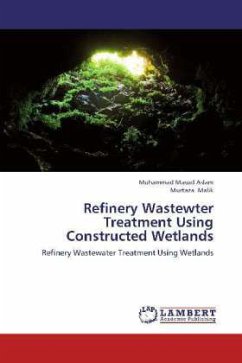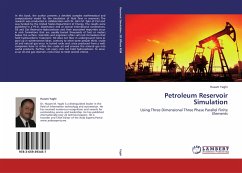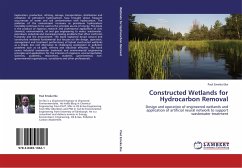In this study, a combined treatment process was developed by combining the sonolytic degradation was analyzed for the reduction in % COD of the effluent and also the influence of additives like activated carbon and hydrogen peroxide. It was found that the combination of activated carbon and hydrogen peroxide gave better results by reducing %COD to a considerable level. The effect of key operating parameters, such as sonication time and pH on %COD reduction were studied. Later NZVI characteristic were analyzed using SEM and XRD. The infused of NZVI dosage and initial pH on the % COD reduction was studied. From the results, it was infused that the dosage and an initial pH 5 were founded to be optimum for the effective degradation of effluents. The degradation data were found to follow the first order model. The results concluded that the treatment of petroleum refining wastewater using NZVI in combination with ultrasonication is an efficient technique.
Bitte wählen Sie Ihr Anliegen aus.
Rechnungen
Retourenschein anfordern
Bestellstatus
Storno








